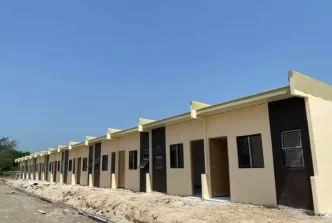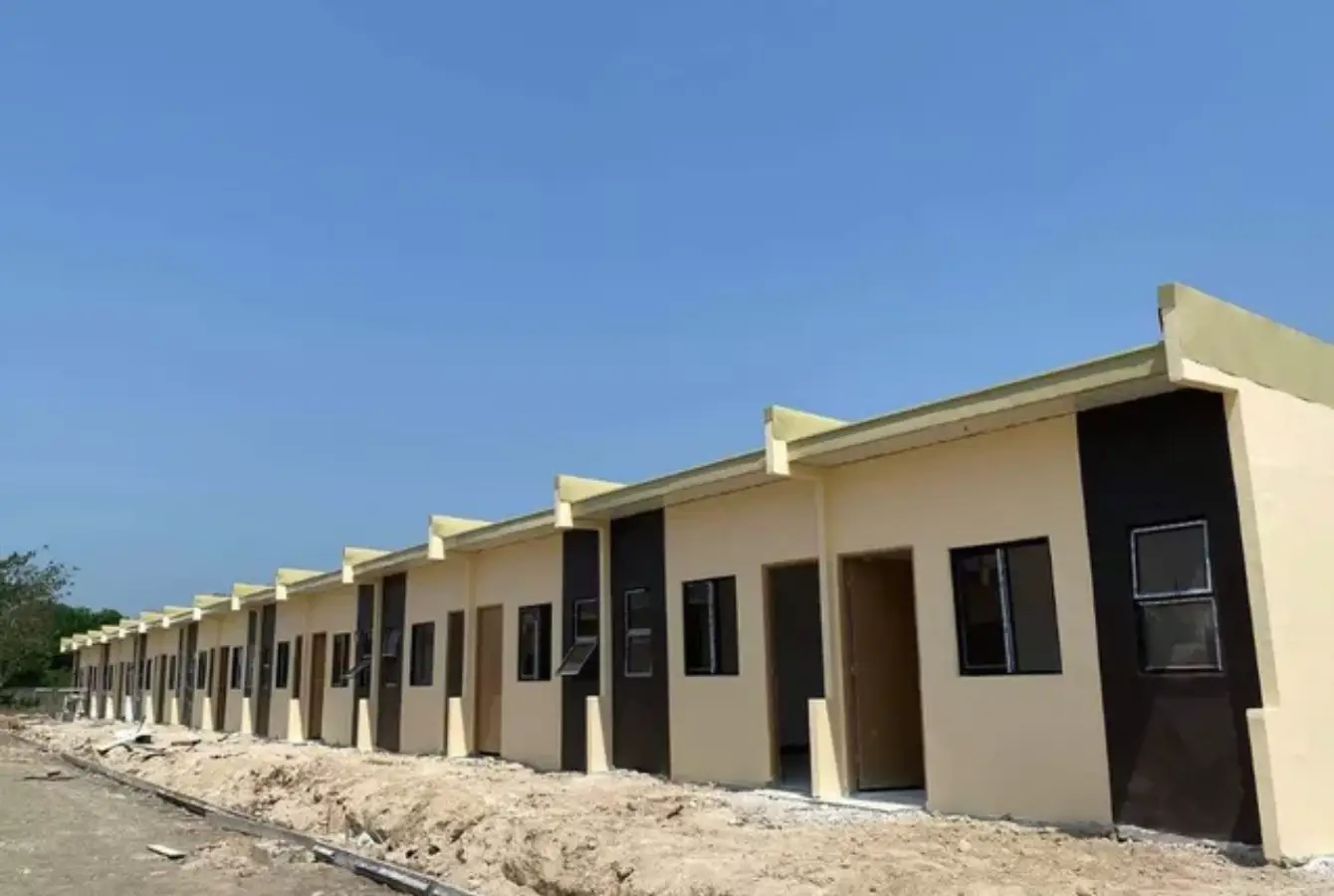In Jakarta, where sprawling housing complexes often stand as symbols of urban growth, a persistent challenge remains: millions of informal workers—street hawkers, meatball sellers, and vegetable vendors—struggle to secure a place to call home. On May 22, 2025, property developers in Indonesia proposed a rent-to-own scheme aimed at easing homeownership for these workers, a group often sidelined by traditional banking systems due to fluctuating incomes. This initiative, discussed during a meeting with the House of Representatives Commission V, could mark a turning point in addressing the country’s housing crisis, though questions linger about its feasibility and reach.
A Gap in the System
For many Indonesians working in the informal sector, accessing a mortgage is a distant dream. Junaidi Abdillah, chairman of the All-Indonesia Association of Housing and Settlement Developers (Apersi), highlighted the systemic barriers these workers face during the recent meeting. “It’s complicated for banks to assess non-fixed income earners, like bakso sellers, vegetable sellers, or street hawkers” he said. Most are unable to meet the stringent creditworthiness criteria, such as those enforced by the Financial Information Service System (SLIK) of the Financial Services Authority (OJK), leaving only a small fraction able to secure financing, often through state-owned mortgage lender Bank Tabungan Negara (BTN).
The rent-to-own scheme proposed by Junaidi offers a potential workaround. Under this model, informal workers would pay rent for several years, and if payments are consistent, they could eventually own the property. “If [rent payments] go well for several years, you can own the house. So we don’t assess [eligibility based on salary], making this rent-to-own scheme compatible for people who are underserved by banks” he explained. This approach sidesteps traditional banking metrics, focusing instead on sustained payment behavior as a pathway to ownership.
Challenges for Formal Workers Too
The housing crisis in Indonesia is not limited to the informal sector. Even formal workers with fixed monthly incomes often find themselves excluded from home financing. Muhamad Syawali, chairman of the National Housing Developers and Marketers Association (Asprumnas), pointed out that many earning less than Rp 6 million (US$365) per month struggle to qualify for subsidized housing. In East Java, for instance, the minimum wage stands at Rp 2.4 million per month, but under standard bank scoring models, only 30 percent of this income can be allocated to mortgage payments. This translates to a monthly payment capacity of Rp 800,000 to Rp 900,000—well below the minimum mortgage payment of Rp 1.05 million for subsidized housing. “The numbers don’t add up” Syawali noted.
Regional disparities and inconsistent enforcement of housing regulations further complicate the issue. Syawali highlighted that exemptions from the land and property transfer duty (BPHTB) for low-income homebuyers, intended to ease financial burdens, are not uniformly applied across regions. Such bureaucratic inefficiencies add another layer of difficulty for those already grappling with limited resources.
Government Efforts to Expand Access
Recognizing the scale of the housing crisis, the Indonesian government has taken steps to broaden access to homeownership. In November 2024, Home Minister Tito Karnavian, Public Housing and Settlements Minister Maruarar “Ara” Sirait, and Public Works Minister Dody Hanggodo signed a joint ministerial decree aimed at supporting low-income individuals. The decree included waivers for the BPHTB and building approval (PBG) fees, costs typically paid to regional administrations during property purchases. These measures were designed to reduce the upfront financial burden on prospective homeowners.
More recently, in April 2025, the government raised the income cap for eligibility in subsidized housing programs. Previously set at Rp 8 million per month regardless of marital status, the new thresholds now allow unmarried individuals in Greater Jakarta earning up to Rp 12 million per month, and married individuals earning up to Rp 14 million, to qualify. This adjustment aims to include middle-class families in the program, reflecting a broader push to boost homeownership rates amid rapid urbanization and population growth.
Can Rent-to-Own Bridge the Gap?
The rent-to-own scheme, while innovative, raises several questions about implementation and long-term viability. For one, the model requires sustained commitment from tenants over several years—a challenge for informal workers whose incomes are inherently unstable. A sudden drop in earnings, common among street vendors during economic downturns or seasonal shifts, could derail their path to ownership. Additionally, there is little clarity on how disputes over missed payments or property conditions would be resolved, especially in a sector where legal protections for tenants are often weak.
Moreover, the scheme’s success hinges on collaboration between property developers, government bodies, and potentially alternative financing institutions. Without clear guidelines or incentives for developers to participate, the initiative risks becoming a well-intentioned but underutilized idea. Analysts also caution that while rent-to-own models have worked in some contexts globally, such as in parts of Africa and Latin America, cultural and economic differences in Indonesia could necessitate significant adaptations. If not carefully structured, the program might inadvertently favor developers over tenants, with high rental rates or unfavorable terms undermining the goal of accessibility.
Economic and Social Implications
Indonesia’s housing crisis is deeply intertwined with broader economic challenges. With over 50 percent of the workforce engaged in the informal sector, according to World Bank estimates, exclusion from formal financial systems perpetuates cycles of poverty and inequality. Homeownership, often seen as a cornerstone of financial stability, remains out of reach for millions, limiting their ability to build generational wealth or secure loans for education and entrepreneurship. A successful rent-to-own scheme could disrupt this pattern, offering a pathway to stability for some of the country’s most vulnerable workers.
Yet, the initiative must be viewed within the larger context of urban development. Jakarta, as the nation’s capital and economic hub, faces immense pressure from rapid population growth and limited affordable housing stock. The aerial images of sprawling housing complexes, like those captured near provincial borders, underscore the scale of urbanization—but also the stark divide between planned developments and the informal settlements where many workers reside. Addressing this divide requires not just innovative financing models, but also investments in infrastructure, land use planning, and social safety nets to support low-income families.
Public Sentiment and Future Outlook
Public reaction to the rent-to-own proposal has been cautiously optimistic, based on discussions circulating among community leaders and workers’ groups in Jakarta. Many informal workers express hope that such a scheme could provide a realistic alternative to renting indefinitely, though skepticism remains about whether the terms will truly be affordable. On social media platforms like X, users have voiced concerns about potential exploitation, with some questioning whether developers might prioritize profit over accessibility. These sentiments highlight the need for transparency and accountability in rolling out the initiative.
As Indonesia grapples with its housing crisis, the rent-to-own scheme represents a potential step forward—but one that must be carefully navigated. Policymakers, developers, and community advocates will need to work together to ensure that the program does not become another missed opportunity for the country’s most marginalized. For now, informal workers in Jakarta and beyond wait to see if this proposal will translate into tangible change, or if the dream of homeownership will remain just out of reach.
















